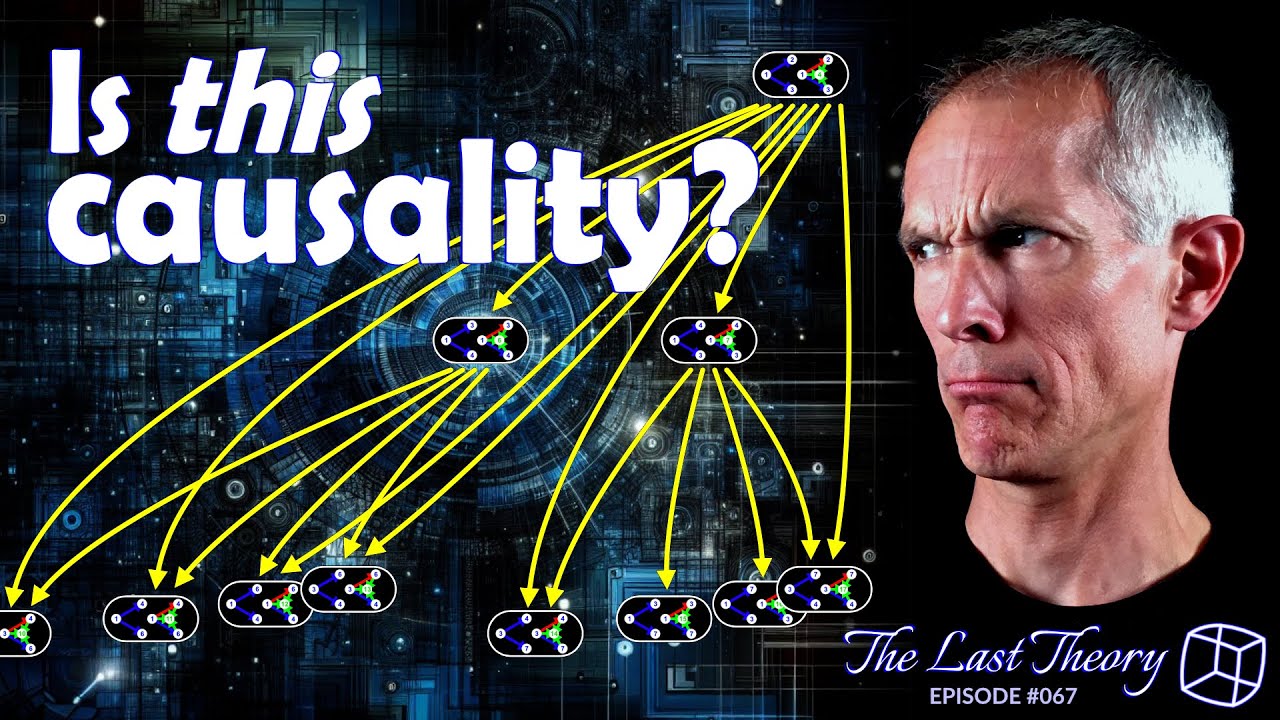The video explains the concept of the causal graph in Wolfram Physics, highlighting its role in capturing the causal connections between events in the evolution of a hypergraph that represents the universe. It emphasizes the importance of these causal relationships for understanding objective reality and the implications for theories in physics, while addressing the complexities of causality beyond a simplified framework.
In the video, the speaker introduces the concept of the causal graph within Wolfram Physics, emphasizing its significance in understanding the nature of causality, objectivity, and reality. The causal graph captures the causal connections between events in the evolution of a hypergraph, which represents the universe. The speaker addresses potential skepticism about the necessity of this additional graph, arguing that it is fundamental to deriving principles from special relativity, general relativity, and quantum mechanics.
The discussion begins with a review of the multi-way graph, which illustrates every possible evolution of the universe through various computations. The speaker explains how the universe, represented as a hypergraph, can evolve into different states by applying specific rules. Each application of these rules leads to multiple possible states, creating a complex multi-way graph that showcases the vast possibilities of the universe’s evolution.
Shifting focus from the hypergraph to the events that facilitate transitions between states, the speaker highlights the importance of these events in the causal graph. Each event corresponds to the application of a rule that transforms one hypergraph into another. By representing these events within the multi-way graph, the speaker illustrates how they can be captured in oblong shapes, detailing the edges that are matched, created, or deleted during each transition.
The speaker then explains the concept of causal edges, which represent the relationships between events in the causal graph. These edges indicate which events must occur before others can happen, establishing a sequence of causality. However, the speaker expresses discomfort with the term “causal,” suggesting that it may not fully encompass the deeper implications of causality, which often involves notions of intention and agency that are not captured in this simplified framework.
Finally, the video concludes by discussing the implications of the causal graph for understanding objective reality. The speaker draws parallels to Einstein’s considerations of simultaneity in special relativity, noting that while different observers may perceive different hypergraphs, they can agree on the causal relationships defined by the causal graph. This shared understanding of which events must precede others provides a foundation for a consistent framework in physics, despite the subjective experiences of individual observers.
